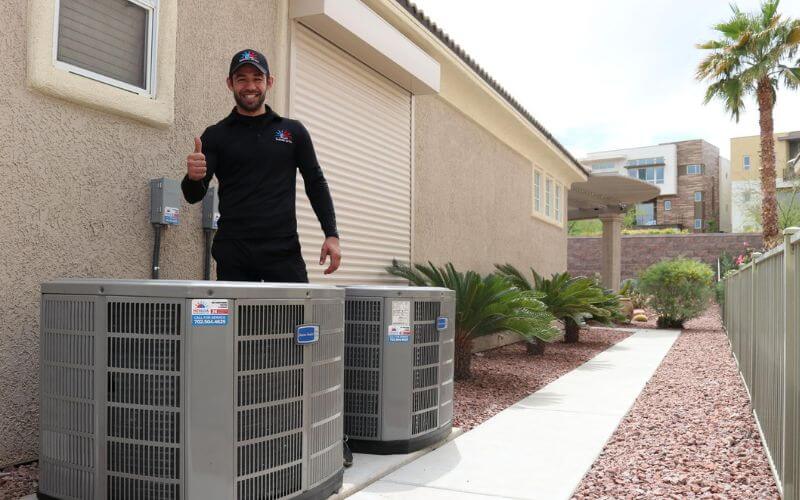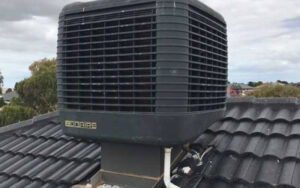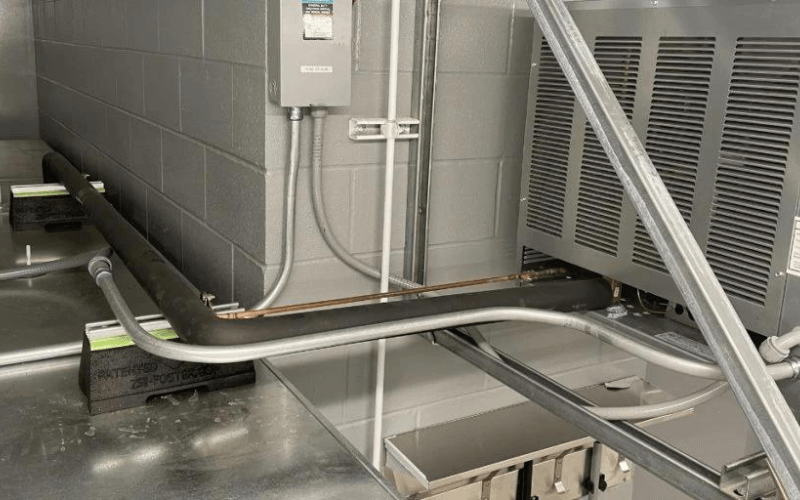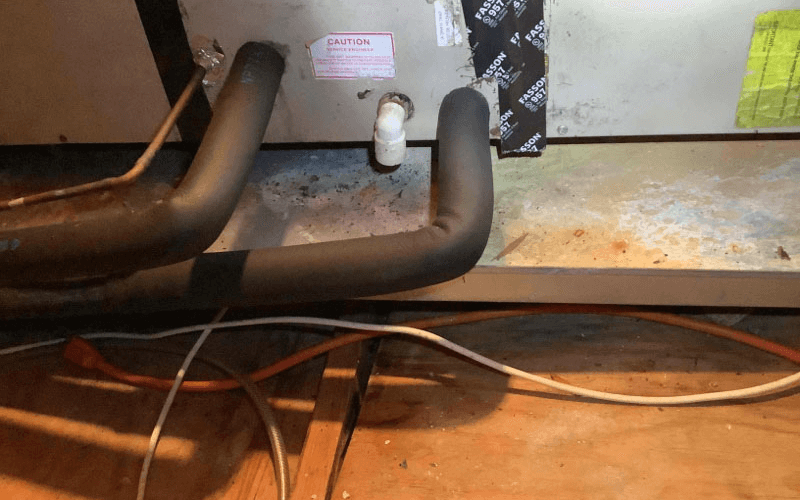Eco-friendly cooling system reduces emissions by replacing refrigeration with energy-efficient technologies. Greenery, plants, and shade can cool metropolitan places. Government policies like green construction rules, tax incentives, grants, and subsidies can promote cleaner cooling. The climate issue is evident in extreme weather events such as heatwaves, droughts, and wildfires. However, sustainable cooling could reduce emissions and combat the heat.
Table of Contents
ToggleThe UN Intergovernmental Panel on Climate Change suggests phasing out the use of fossil fuels in order to bring global warming down to 1.5 degrees Celsius. This need to reduce our carbon footprint drives home comfort technology innovation along with the need to save money.
Rethinking how we remain cool could help solve the cooling paradox, in which climate crisis-caused heatwaves and severe temperatures send people around the world running to turn on air conditioning, which releases greenhouse gases. Also check: Do I Need a Special Thermostat for A Heat Pump?
| Image | Product | Features | Price |
|
Best Seller
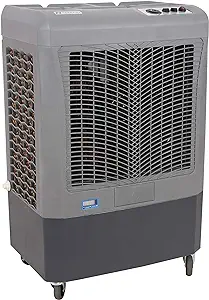
|
Portable Swamp Coolers – 3100 CFM MC37M Evaporative Air Cooler |
3-Speed Fan – Water Cooler Fan 950 sq. ft. Coverage High Velocity |
$388.98
|
|
Best Seller

|
Hessaire MC18V Portable Evaporative Cooler, Green |
|
$171.80 |
|
Best Seller
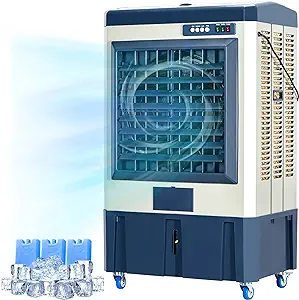
|
Evaporative Cooler for Outdoor Use,3531 CFM Portable Air Conditioner |
Air Conditioner Swamp Cooler Cooling Fan with 3 Speeds,3 lce Box,10.6 |
$314.99 |
|
Best Seller

|
Active Aqua AACH50HP Hydroponic Water Cooling System, |
Water Cooling System, per hour, User-Friendly Chiller, New, 1/2 HP, Rated |
$940.00 |
|
Best Seller
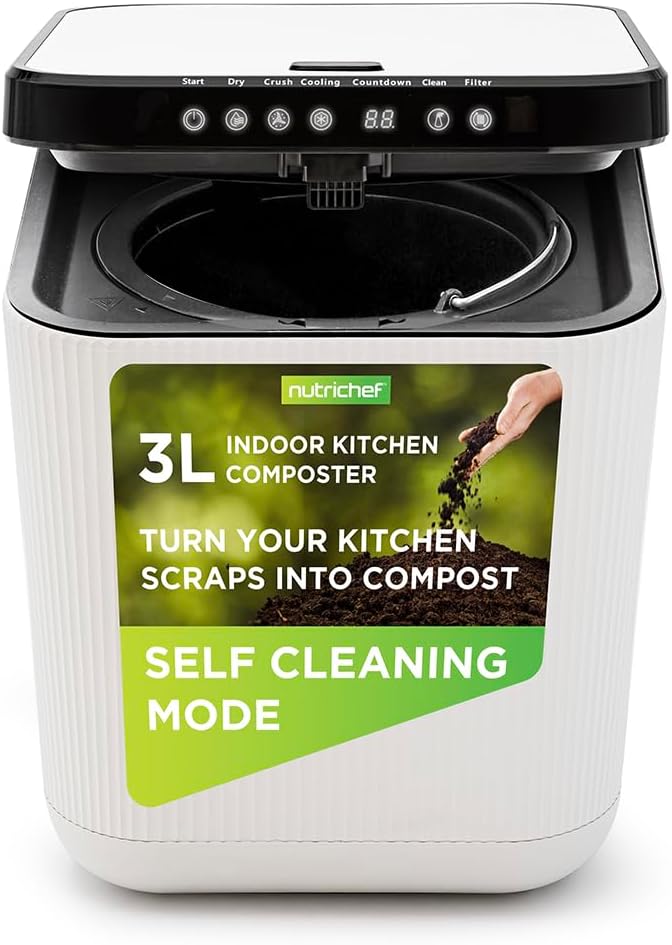
|
Nutrichef 3L Electric Kitchen Composter – Compost’s Organic Material |
Countertop Automatic Compost Bin | Dry, Crush, & Cooling Functions |
$269.99
|
What Is Sustainable And Eco-friendly Cooling?
As its name implies, sustainable cooling is greener than refrigeration. It improves cooling solution efficiency and lowers building and urban ambient temperatures. The last eight years have been the hottest on record, making 2022 one of the hottest according to the UN.
Fluorinated air conditioner and refrigerant gases harm the ozone layer.
After replacing refrigerant gases with greener ones and improving energy efficiency, sustainable cooling reduces indirect emissions from cooling unit energy consumption and leakage.
Severe Global Risks
Heatwaves, droughts, and other extreme weather will increase as the climate warms.
Global warming has caused six times more Northern Hemisphere heatwaves over the past 40 years, according to Journal of the American Meteorological Society research.
Health, productivity, and comfort require cooling. Medical supplies and immunizations must be chilled, and food security must be chilled.
Global dangers ranked by severity over 9 years:
Environmental Risks:
- Failure to mitigate climate change.
- Failure to climate change adaptation.
- Natural disasters.
- Extreme weather conditions.
- Natural resources crisis.
- Large-scale environmental damage.
Societal Risks:
- Large-scale involuntary migration.
- Erosion of social cohesion and societal polarization.
Ways For Eco-Friendly Cooling System
To maintain the environmentally friendly cooling system for a sustainable environment, do the following:
Improving Energy Efficiency
Energy-efficient homes save energy for cooling and heating, which is good for the environment. Utility costs and environmental effect can be reduced using Energy Efficient Thermostats.
Proper insulation keeps indoor temperatures tolerable and reduces energy use. Insulation on walls, floors, and ceilings prevents heat movement between interior and exterior, lowering the need for heating and Eco-Friendly Cooling Systems to regulate temperature.
Eco-friendly insulation materials like recycled cellulose, sheep’s wool, and cork provide superior thermal performance without affecting the environment.
Improving insulation is only part of energy efficiency. For more airtight property, homeowners can fix air leaks, upgrade windows to double or triple glazing, and install energy-efficient doors.
Due to GCC air conditioning, their electricity consumption is 70% highest and 50% minimum. By 2030, cooling demand in this region is expected to quadruple from 2010.
Design
Building designs and city layouts can help you with sustainable, Eco-Friendly Cooling System.
Ambient cooling involves covering roofs, balconies, and other surfaces with plants and vegetation to absorb heat and installing insulation and double glass to screen the sun.
Green spaces, shade cover, broad urban streets, and low structures to improve wind flow-through reduce heat input in urban settings.
Innovation
According to Sustainable Energy for All (SEforALL), some technologies do not require operational energy or refrigerants. These are passive or nature-based technology solutions.
A World Economic Forum Uplink innovator, WAVIN (MetroPolder), creates green roofs that collect and recycle rainwater for urban usage. Rainwater is utilized to irrigate roof plants, flush toilets, and chill the structure in summer.
Urban climate-tech startup BioShade transforms cityscapes by autonomously generating natural shade utilizing AI, IoT, and hydroponic technologies. Green roofs, walls, and urban spaces provide a cooler microclimate.
Sustainable cooling can also utilize refrigerants more efficiently. These systems utilize ultra-low GWP natural refrigerants and clean energy sources. Special features typically maximize cold air delivery to conserve electricity.
Policy And Finance
Sustainable cooling advancement involves sustainable construction rules, tax incentives, grants, and subsidies to encourage people, businesses, and local governments to go green.
The UN suggests that policymakers encourage businesses to make energy-efficient cooling products, incorporate sustainable cooling into climate pledges, and incorporate it into energy, urban, transport, agricultural, and health service project planning and design.
Finance for sustainable cooling technology and efforts is essential. Extreme heat disproportionately affects poorer households and rural communities, which have fewer resources to install energy-efficient or natural cooling solutions.
Solar Energy
Sunlight is a plentiful and renewable energy source. Solar energy can greatly reduce homes’ fossil fuel heating and cooling needs.
Rooftop solar panels convert sunlight into power for heating and cooling.
Solar thermal systems can be simply linked with home temperature systems to offer sustainable warmth in winter.
Solar panel owners can generate enough electricity to use no grid power using a battery storage unit. Solar panels, even without battery storage, can reduce energy expenses by 50-70% for houses.
Solar panel units save enough money on energy bills over 25 years to justify buying and replacing inefficient doors and windows, heating systems, and insulation.
The US Inflation Reduction Act (IRA) arrived later than many renewable energy projects, but it made the country a global leader in decarbonization investment.
Approximately USD 400 billion in federal support is available, mainly in tax credits, across several sectors. Private sector investments in large-scale projects like clean hydrogen or nuclear facilities are encouraged by these incentives. However, homes can decarbonize and benefit from renewables’ lower unit costs with incentives. Also check: What Should The Humidity Be In A House?
What Impact Can Sustainable Cooling Have?
Cooling now accounts for 3.4% of world emissions. “Eco-friendly cooling” may reduce greenhouse gas emissions by about 460 billion tons, or eight years of world emissions at 2018 levels, according to the International Energy Agency.
Scaling sustainable cooling has no single solution. This issue will require a combination of techniques and enable local leaders to quickly create permanent solutions for their community.
These actions will move leaders of all stripes forward, but urgent action is needed to address climate change’s root causes to meet the Paris Agreement climate objective.
Conclusion
Eco-friendly cooling systems or Smart HVAC Systems for sustainable living reduce climate effects while providing comfort and convenience. Evaporative cooling, geothermal systems, and passive cooling can minimize energy use and costs while preserving natural resources. This change promotes creativity, interdisciplinary collaboration, and environmental responsibility. We can create a sustainable future that balances comfort and conservation by emphasizing eco-friendly options.

